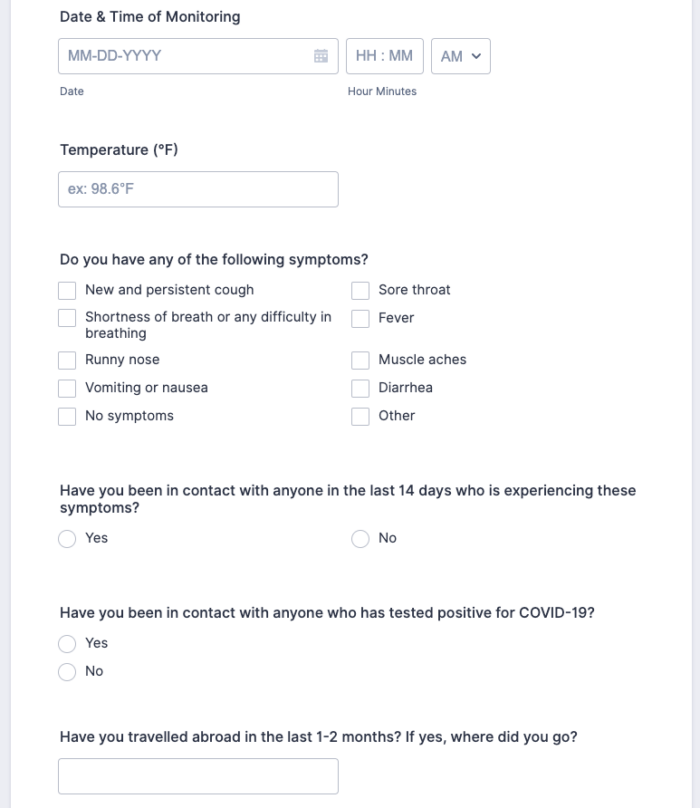Since the Mad Men era of work some 50-odd years ago, more women have joined the workforce, more workers are supporting fewer children, and the demand for skills has radically shifted. It seems the only constant in business truly is change.
Now, as we cautiously look toward a post-pandemic future, even more change is afoot beyond the rapid onslaught of adaptations we’ve made since March 2020. Some of these changes are shifts we likely would have seen eventually, while this once-in-a-lifetime global event clearly catapulted others.
These changes don’t have to feel overwhelming, though. Remember, Rome wasn’t built in a day — you don’t have to address all of these changes at once. Instead, prioritize them based on employee needs and business objectives to put together the right plan of attack for your company.
With that, here are the top seven post-pandemic workplace trends you should know about that will influence where, how, and even why we work.
1. Remote work becomes hybrid work
The most obvious post-pandemic workplace trend is the continuation of remote work in the form of a hybrid workplace. Prior to the pandemic, remote work was mostly limited to a small number of high-powered executives, but the pandemic has proven it’s possible to let employees out of their cubicles without a decline in productivity.
Research from advisory firm Gartner shows nearly half of employees will work remotely at least part time moving forward as employers strike a balance between the two setups. This transition from full-time to part-time remote work will call for company-wide adjustments, such as policy changes, hybrid schedules, safely shared workspaces, robust collaboration tools, and creative team building.
2. The workforce goes global
One of the perks of remote work is the ability to hire staff virtually anywhere in the world. What’s more, you can hire top talent even if they don’t live in your hometown. As hybrid work picks up where remote work left off, we can expect to see this post-pandemic workplace trend continue as well.
While a spread-out workforce can lead to feelings of isolation among employees, and office communication can sometimes be tricky, you can overcome these and other challenges with the appropriate tools — and benefit from developing a more national or even global operation that can serve a much wider base of customers.
3. Debate over location-based pay persists
With increased flexibility, employees are leaving expensive urban centers for more affordable regions. With this change comes an ongoing debate over whether employee pay — which no longer has to reflect the high cost of living in major cities — should decrease for these employees or whether that policy change should apply only for new hires.
There isn’t an easy answer, and experts from Georgetown University’s School of Continuing Studies expect the back-and-forth on this issue to continue at least in the short term.
4. Employee well-being remains a priority
The pandemic elevated employer concern about employee health and well-being; this is another post-pandemic workplace trend that will likely endure. That’s partly because replacing more antiquated management strategies akin to micromanagement with flexibility and empowerment yields higher employee satisfaction, which in turn translates to higher productivity — and retention rates. In other words, happier employees mean happier customers and a happier business overall.
5. Employee monitoring continues
At the same time, Gartner found 16 percent of employers are using tools that monitor employees’ computers and/or work communication like email and chat to ensure everyone stays on task no matter where they are. Gartner expects this post-pandemic workplace trend to live on as human resources departments begin to collect health and safety data as well.
If you opt to employ any of these monitoring technologies at your business, it’s important to note that you should follow measures to protect employee privacy — or you could find yourself on the wrong side of a lawsuit.
6. Transparency translates to success
For many companies, the pandemic also spurred greater transparency from management. That, too, is among the post-pandemic workplace trends that are here to stay.
Arguably, transparency will only increase in importance, especially as more Gen Z employees join the workforce and bring their values with them.
Employers that are radically transparent — including those that adopt progressive measures like open salaries to prevent pay disparities — are best poised to succeed in the post-pandemic era.
7. Flexible work remains an option
More flexible work arrangements have been a boon for freelance workers as well. While some employers are replacing full-time employees with freelancers to save costs, others are using freelancers to rapidly scale up their businesses.
We may even see newer freelancer-adjacent models endure, such as talent sharing. In this model, employees impacted in one sector — such as, say, travel — temporarily use their skills in another, like e-commerce fulfillment.
No matter what type of business you run, the more you know about these post-pandemic workplace trends, the more prepared you’ll be for 2021 and beyond.








Send Comment: